Redtail shark - Epalzeorhynchos bicolor
Scientific name: Epalzeorhynchos bicolor
Common name: Redtail shark
Family: Cyprinidae
Usual size in fish tanks: 10 - 12 cm (3.94 - 4.72 inch)
014
Recommended pH range: 6.2 - 7.5
Recommended water hardness: 2 - 18°N (35.71 - 321.43ppm)
0°C 32°F30°C 86°F
Recommended temperature range: 22 - 27 °C (71.6 - 80.6°F)
The way how these fish reproduce: Spawning
Where the species comes from: East Asia
Temperament to its own species: aggressive/territorial
Temperament toward other fish species: aggressive/territorial
Usual place in the tank: Bottom levels
Short Description
The Redtail Shark (Epalzeorhynchos bicolor), also known as the Red Tail Black Shark, belongs to the Cyprinidae family and is closely related to carp and minnows. Despite its name, it is not a true shark, but its shark-like body shape and striking coloration make it a popular choice for home aquariums. When properly cared for, these fish display an intense black body with a vibrant red tail, adding a dramatic effect to the tank. However, they are highly territorial and aggressive, particularly toward their own species. They are known to establish territories, often defending them against other bottom-dwelling fish. For this reason, only one Redtail Shark should be kept per tank, unless the aquarium is exceptionally large and well-structured to minimize territorial disputes.
The aquarium should be at least 91 cm (3 feet) in length to provide enough swimming space, and the environment should include plants, rocks, or wood to create hiding spots. These hiding places help reduce stress and provide natural boundaries for territories. As they are jumpers, ensure the tank has a secure lid. These fish also appreciate a slight current, which can be provided through the use of filter outlets or powerheads to mimic their natural stream habitat. Keeping the water well-oxygenated and slightly flowing mirrors their natural river environments in Thailand.
Lifespan
The Redtail Shark typically lives for 5 to 8 years in captivity, but under ideal conditions, some hobbyists have reported lifespans of up to 10 years. Ensuring long life requires maintaining clean water, offering a well-balanced diet, and providing ample swimming space. Avoid overcrowding the tank, as territorial disputes can lead to stress and health issues. Regular water changes, proper filtration, and maintaining stable water parameters are essential for their overall well-being.
Food and Feeding
The Redtail Shark is an omnivore and thrives on a varied diet. In the wild, they would naturally feed on algae, small crustaceans, and plant matter, so it’s important to replicate this variety in the home aquarium. A balanced diet includes high-quality pellets, granules, and sinking tablets as the base. Supplement these with protein-rich foods like bloodworms, brine shrimp, and frozen or live insects. Additionally, they will benefit from the occasional feeding of daphnia and live feeder fish like guppies.
Incorporating a mix of plant-based and meaty foods is essential for meeting their nutritional needs and enhancing their vivid coloration. Feeding them small meals several times a day, rather than one large meal, will also help minimize aggression as they can become territorial over food.
Sexing
Sexing Redtail Sharks can be tricky. In general, females are larger and plumper due to carrying eggs, while males are more slender and may display more intense coloration. However, in a tank with multiple males, the dominant male may harass others, leading to more subdued coloration in non-dominant males. Breeding Redtail Sharks in captivity is rare, as their aggressive nature makes it difficult to house males and females together without conflict.
Questions and Answers
On March 24th we moved the following question and answer here from aqua-fish.net/answers due to merging it with related pages.
What fish can I have with my Redtail Shark?
Answer: Since the Redtail Shark is a moderately aggressive fish, it is best to keep it with similarly sized tank mates that share its temperament. Mid-to-top level swimmers such as gouramis and barbs are good companions, but avoid keeping more than one Redtail Shark in the same tank, as they will likely become aggressive toward one another.
Tankmates
Choosing the right tankmates for the Redtail Shark is crucial due to their territorial and aggressive nature. These fish do best with similarly sized, fast-moving species that can tolerate their territorial behavior. Good tankmates include robust mid-level swimmers like gouramis, barbs, and Silver Dollars. Bottom dwellers like Corydoras or loaches can also work well, but be mindful of territorial disputes. Avoid keeping other species of sharks, slow-moving fish, or small, delicate species, as these may become targets of aggression.
Common Names
The Redtail Shark is known by several names, including Redtail Sharkminnow, Redtail Labeo, and Redtail Shark.
Origin
The Redtail Shark (Epalzeorhynchos bicolor) is native to the freshwater rivers and streams of Thailand, particularly within the Chao Phraya River Basin. These rivers are typically fast-moving with rocky or sandy substrates, which is why Redtail Sharks appreciate aquariums with some current. Sadly, the species is now extinct in the wild due to habitat destruction and overfishing. However, thanks to successful breeding programs, they remain widely available in the aquarium trade, where they are bred in captivity to maintain their population.
Pictures
Pictures were provided by Alberto Villarroya. Other were bought by aqua-fish.net from jjphoto.dk.
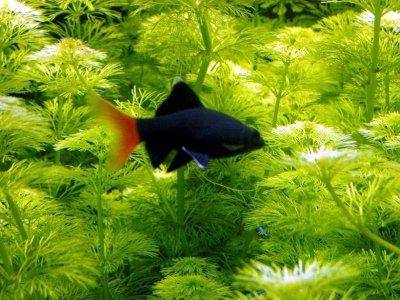









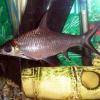 Bala
Bala 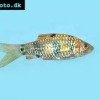 Spotted
Spotted 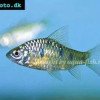 Golden
Golden 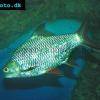 Tinfoil
Tinfoil  Congo
Congo  Blue-barred
Blue-barred 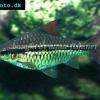 African
African  Butterfly
Butterfly 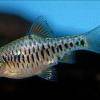 Olivegreen
Olivegreen  Morse
Morse  Jerdon’s
Jerdon’s 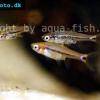 Mosquito
Mosquito 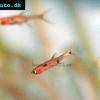 Dwarf
Dwarf 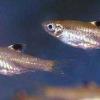 Eyespot
Eyespot 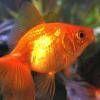 Goldfish
Goldfish  Penguin
Penguin 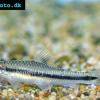 Siamese
Siamese  Koi
Koi 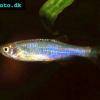 Pearl
Pearl 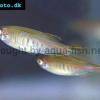 Glowlight
Glowlight 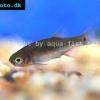 Crossbanded
Crossbanded  Yoma
Yoma 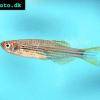 Orange
Orange 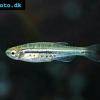 Dwarf
Dwarf 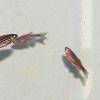 Zebra
Zebra 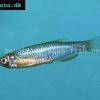 Rose
Rose 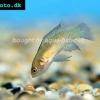 Red
Red 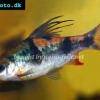 Arulius
Arulius  Tambraparni
Tambraparni  Fiveband
Fiveband 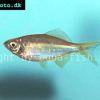 Bengal
Bengal 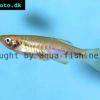 Tiger
Tiger 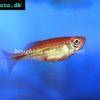 Malabar
Malabar 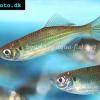 Queen
Queen 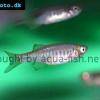 Hora
Hora 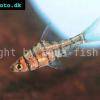 False
False  Rainbow
Rainbow 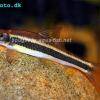 Flying
Flying  Garra
Garra  Black
Black 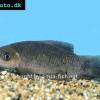 Purple
Purple 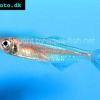 Burmese
Burmese 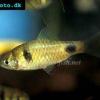 Dwarf
Dwarf  Isok
Isok 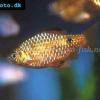 Rosy
Rosy 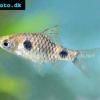 Two
Two 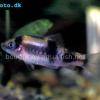 Melon
Melon 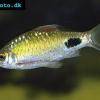 Black-spot
Black-spot 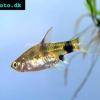 Golden
Golden 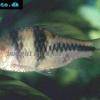 T-Barb
T-Barb 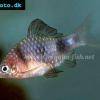 Ruby
Ruby  Checkered
Checkered  Rhomb
Rhomb 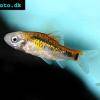 Gold
Gold 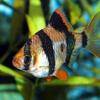 Tiger
Tiger 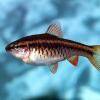 Cherry
Cherry 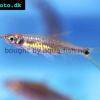 Brittan’s
Brittan’s 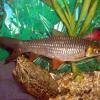 Greater
Greater 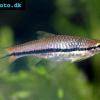 Long-band
Long-band 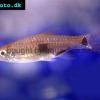 Twospot
Twospot 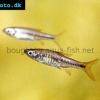 Reticulate
Reticulate  Cherry
Cherry 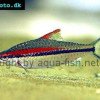 Denison
Denison 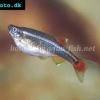 White
White  Lambchop
Lambchop 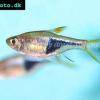 Harlequin
Harlequin